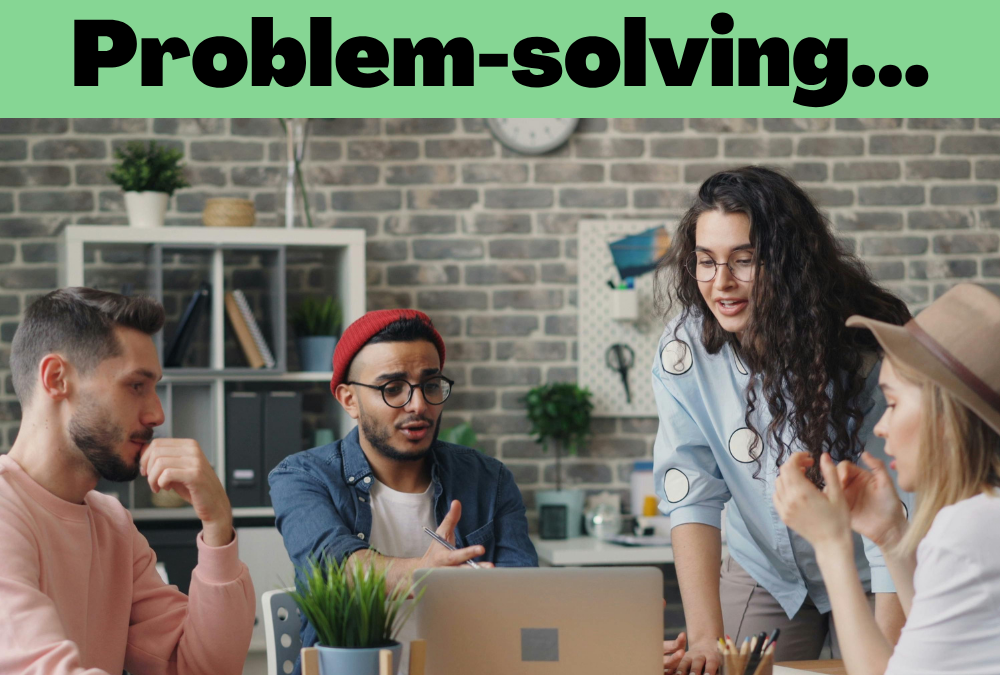THERE IS NO PROBLEM: WHY SOLUTIONS ARE A STATE OF BEING, NOT A REACTION
“The problem with the world is that the intelligent people are full of doubts, while the stupid ones are full of confidence.” – Charles Bukowski
PROBLEMS ARE EVERYWHERE… OR ARE THEY?
We live in a world addicted to problems. News cycles run on them. Governments justify budgets with them. Businesses build services around them. And humans? We train ourselves from birth to find and fix them.
But what if I told you the whole system is flawed? What if we’ve been solving the wrong thing — or worse, feeding the very problems we think we’re fixing?
Let’s start from the top.
WHAT IS A PROBLEM, REALLY?
A problem is defined as something needing attention or resolution.
But:
- Some problems are real (e.g. a toothache).
- Some are imagined (e.g. “everyone is judging me”).
- Some are self-created.
- And most? Are symptoms, not root causes.
And here’s the kicker: just because something feels like a problem to you doesn’t mean it’s a problem to everyone. Problems are personal, contextual, and often… manufactured.
THE DANGEROUS INCENTIVE TO NEED PROBLEMS
Incentives drive behavior. Governments, NGOs, even consultants often survive by identifying (or creating) a problem — and then offering the solution.
But if your business, your identity, or your paycheck depends on a problem existing… you’ll always find one. You’re not rewarded for eliminating the problem — just managing it. The incentive is to feed it.
Which leads us to this truth:
Many of the problems we face are the result of choices we made — or avoided — long before the problem appeared.
We opened the door. We fed the guest. And now they won’t leave.
DOING NOTHING IS DOING SOMETHING
When faced with a problem, most people see two choices:
- Fix it.
- Ignore it.
But ignoring it isn’t neutral — it’s maintaining it. It’s continuing the exact behaviors that created the problem in the first place.
So really, you’re always doing something:
- Either you’re feeding the problem.
- Or you’re replacing the problem with a solution.
THE PROBLEM WITH PROBLEM-SOLVING
Problem-solving seems logical… until you realise what it reinforces.
When you focus on the problem:
- You anchor your attention to the negative.
- You miss the gaps where freedom lies.
Snowboarding taught me this. In Whistler, our guide told us: “If you focus on not hitting the trees, you’ll hit the trees. Focus on the gaps.”
What you resist, persists. What you focus on, expands.
The more you try to not be broke, the more your life revolves around scarcity. The more you try to not get sick, the more your actions centre on illness. You end up reinforcing the very thing you want to avoid.
SOLUTION CREATION: A DIFFERENT OPERATING SYSTEM
So what’s the alternative?
Be the solution — so the problem becomes irrelevant.
This is not semantics. It’s an operating system shift.
Let’s say you struggle with money. Instead of avoiding bankruptcy, reframe: become the kind of person who always earns more than they spend. Suddenly, the problem of not being able to pay bills disappears — not because you fixed it, but because it can’t survive in your new way of being.
Same with health. Don’t fight disease. Be health. Same with business. Don’t fix revenue dips. Be a business that’s profitable by design.
And yes — this applies to governments too. Instead of fighting poverty, they could build systems that promote wealth. Instead of managing illness, they could champion health. But they won’t — because they’re incentivised to fight problems, not make them irrelevant.
THE MATH OF DYSFUNCTION (ADVANCED IDEA)
Zero is not nothing. It’s balance — the sum of every positive and negative. Remove just one value (say, +4), and you no longer have perfection. You have imbalance.
Society treats problems like math equations. Lose +4? Just toss in a -1 and a +5. Sure, it zeroes out. But now you’ve got other variables with their own side effects. So you solve those… and so on.
The further you move from the original imbalance, the more compounded the consequences become.
Until you’re not fixing anything. You’re just managing a cascade of distortions.
THE WEED ANALOGY
Don’t pull weeds. Don’t spray them. Don’t fight them.
Make it impossible for them to grow.
Don’t give them water, light, or soil. Fill the space with healthier plants. Block the sun. Lay stones.
This is how you deal with problems. Not by reacting, but by becoming someone — or something — in which the problem has no room to grow.
FINAL WORD
Albert Einstein said: “We cannot solve our problems with the same thinking we used when we created them.”
He was right.
You can’t solve problems by feeding them, fixing them, or reacting to them.
You make them disappear by becoming someone in whom the problem cannot exist.
So stop asking how to solve the problem. Start asking:
- What is the opposite of this problem?
- Who becomes that?
- And what would they do today?
Your problems are not permanent. But they are persistent. Until you decide to become their solution.
— Brydon
Your Better Business Trainer

